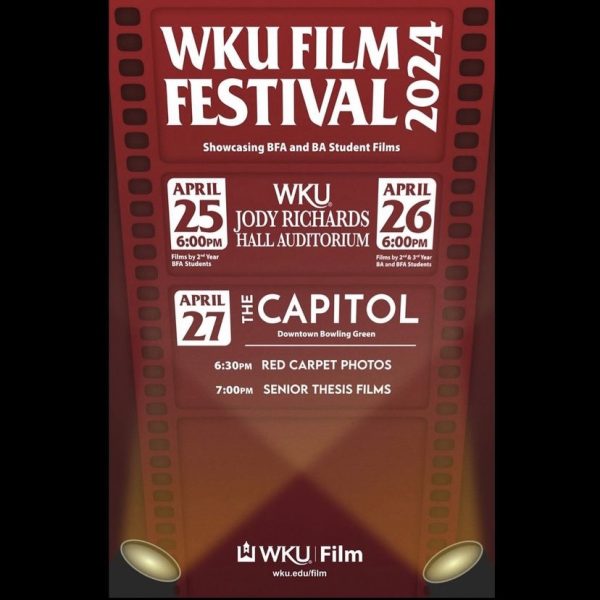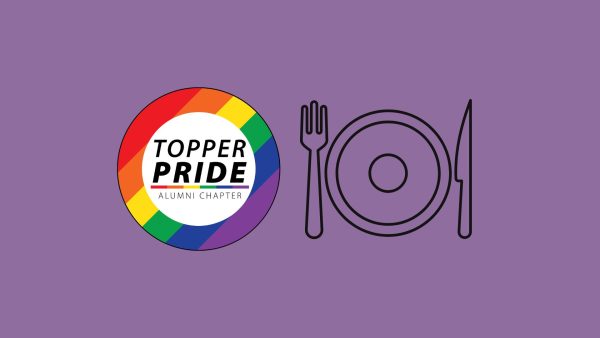Kentucky Museum acts as campus resource, displays state’s uniqueness
September 18, 2014
The Kentucky Museum, a dream manifested in 1939 by WKU’s first president, Henry Hardin Cherry, continues to serve the community in varied and exciting ways.
“He wanted a library museum that would collect the history and culture of the commonwealth, and make it available for the students, and the faculty and the people in the area around this region,” Sandy Staebell, registrar and collections curator of the museum, said.
Funding for the museum began in the ‘20s, but came to a standstill when the Great Depression hit. It was only able to be completed in the late ‘30s, due to a need for more classroom buildings during the construction of Cherry Hall.
Since then, the museum has garnered a reputation for presenting diverse exhibits and learning opportunities for all ages, from school children to college students and adults.
“We have certain very unique collections here. We have one of the premier…publicly-owned quilt collections in the state of Kentucky,” Staebell said. “It’s a very…eclectic collection.”
The museum also displays collections, centering on archaeology, art, furniture, textiles, toys and political memorabilia. Unique exhibits are often presented to keep generating new interest and discussion among visitors. Their newest show started on Sept. 13 and will run until Nov. 9.
“(The exhibit is) about Chester Cornett, who was an Appalachian chair maker from Letcher County,” Brent Bjorkman, interim director at the museum, said. “He was born at the very beginning of the last century, died in 1981, but he made these fabulous chairs…He was kind of a loner, had some hard times dealing with people, so he put a lot of his creative energy into making chairs.”
The Kentucky Museum hosted an opening reception for the exhibit on Friday, Sept. 12.
Exhibits Curator Donna Parker said the turnout for the reception was wonderful.
“I’m just so pleased that we had so many members from the community, and…students at Western, and the faculty here at Western,” she said.
Approximately 25 chairs and other handcrafted works, such as stools and a baby cradle, are on display with pictures of the artist himself. The exhibit was curated by the Kentucky Folk Art Center at Morehead State University.
“My hope is when (museum-goers) walk away, when they come out of this exhibit they say, ‘Wow, there’s really a story behind that,’” Bjorkman said.
Bjorkman replaced former museum director Timothy Mullen three weeks ago. He anticipates a lot of good things will continue coming to the museum. As the director of the Kentucky Folklife Program at WKU, Bjorkman has abundant experience in the folklore of the Bluegrass State.
“I spent a number of years with the Kentucky Folklife Program when it was with the Historical Society,” he said. “My main job was to fulfill the mission to document, present and conserve the traditional arts and culture of the state, or of the commonwealth.”
Now, as a part of the Kentucky Museum, Bjorkman hopes to further highlight the beauty of the state through the museum’s variety of collections.
“By doing documentation of the traditions in communities, you help validate the people in those communities, but at the same time, you’re sharing with the rest of the state the diversity around them,” he said.
A main component of the museum’s objective is to fulfill a need for direct and active learning for the students and faculty of WKU.
“Yes, our focus is on Kentucky, but we are a museum…so we will collect things that help enhance or are…used by faculty and students on Western’s campus,” Staebell said.
Students from the interior design, fashion merchandising and folklore programs have had opportunities to engage with artifacts.
“What makes this place so wonderful is, we are an opportunity for actual hands-on learning,” Staebell said. “They can come in and they can see the actual thing, and they can handle it.”
Children and adults from the surrounding community have many opportunities for interactive learning as well as camps and workshops that the museum provides.
“You want to offer things for a lot of different age groups and interests. Not everybody wants to do the same thing, so we try to offer a variety,” Staebell said.
The museum, located at 1444 Kentucky St., is free to all WKU students with their school ID. Their hours are Monday through Saturday from 9 a.m. to 4 p.m., and Sunday from 1 p.m. to 4 p.m.

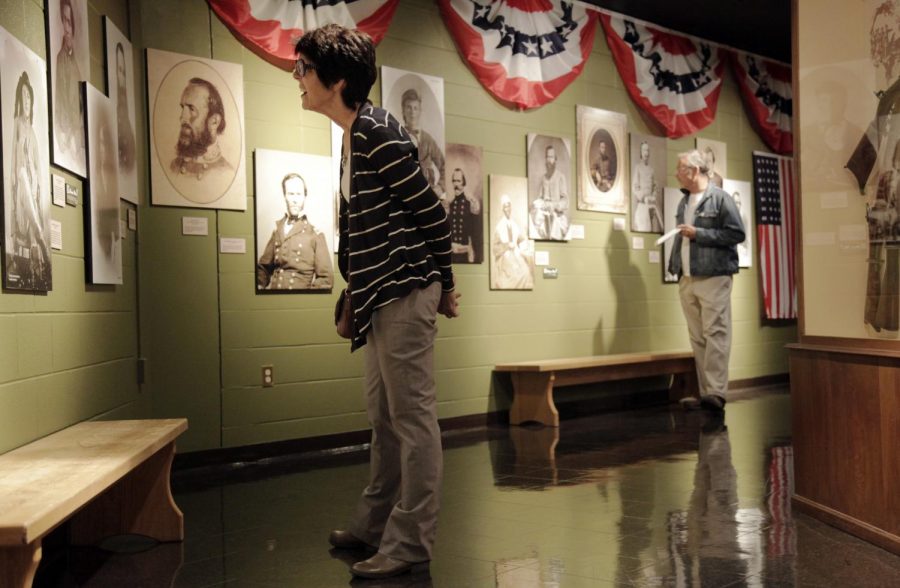








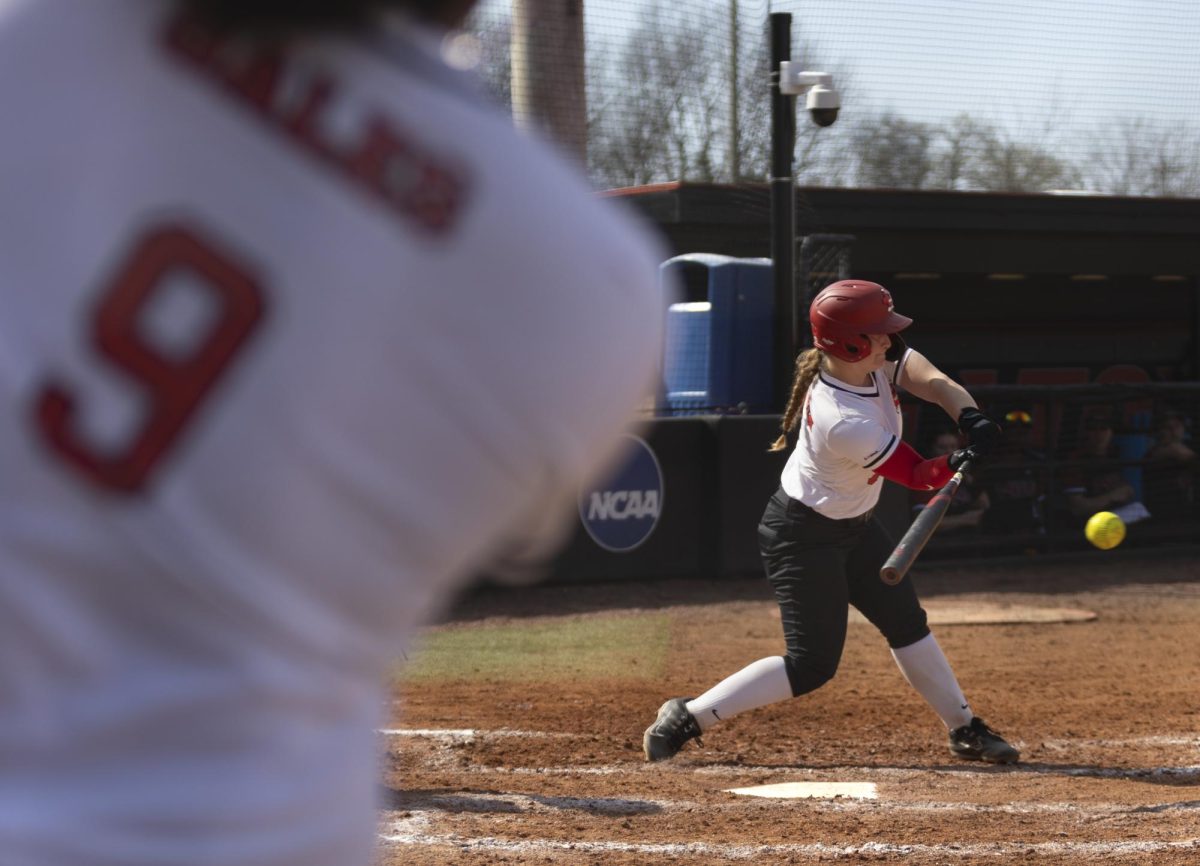
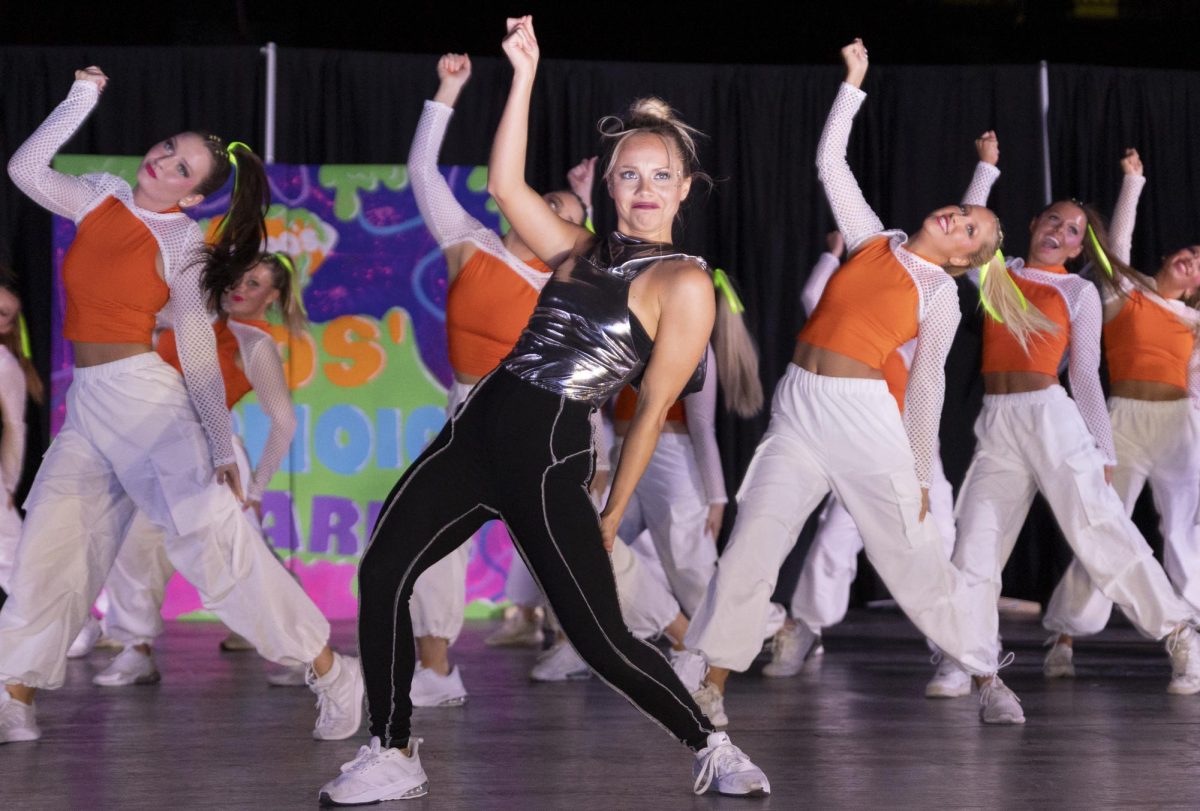
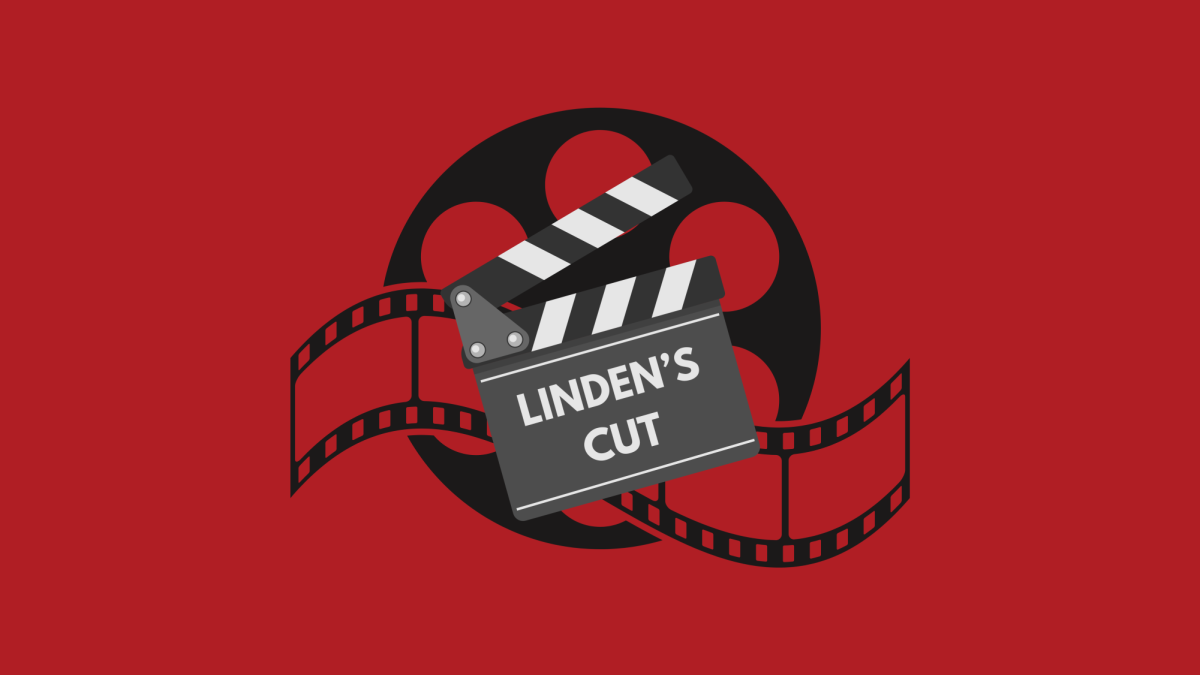
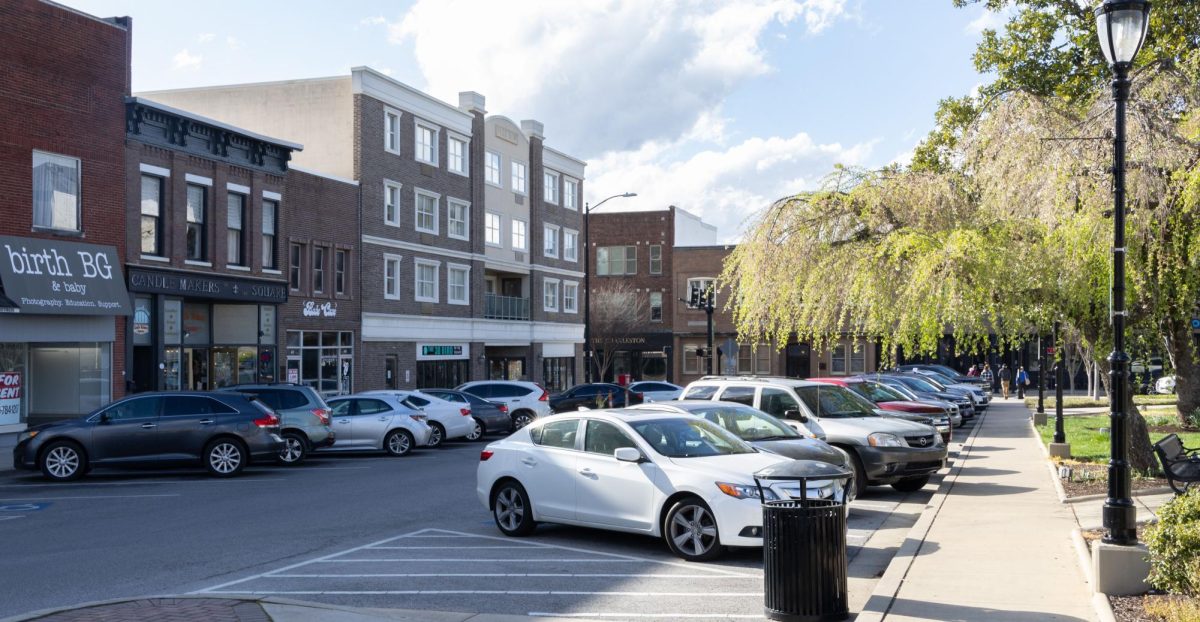
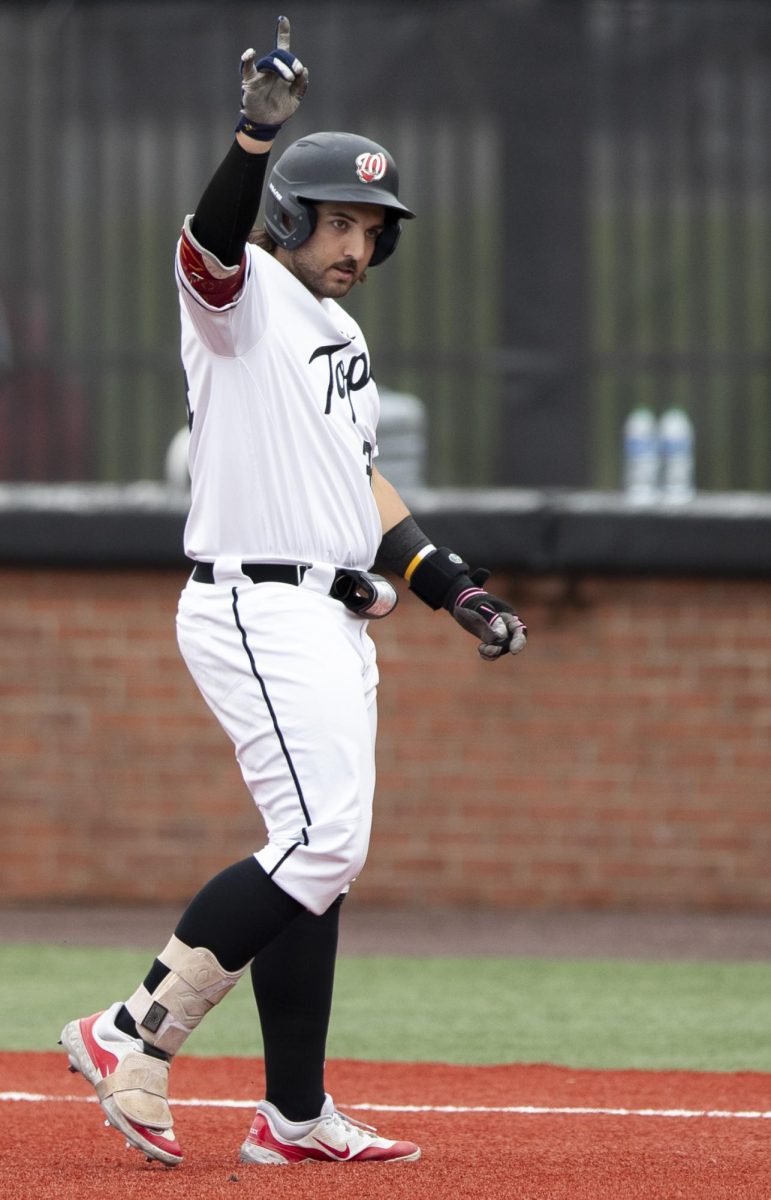





![Megan Inman of Tennessee cries after embracing Drag performer and transgender advocate Jasmine St. James at the 9th Annual WKU Housing and Residence Life Drag Show at Knicely Conference Center on April 4, 2024. “[The community] was so warm and welcoming when I came out, if it wasn’t for the queens I wouldn’t be here,” Inman said.](https://wkuherald.com/wp-content/uploads/2024/04/smith_von_drag_3-600x419.jpg)


